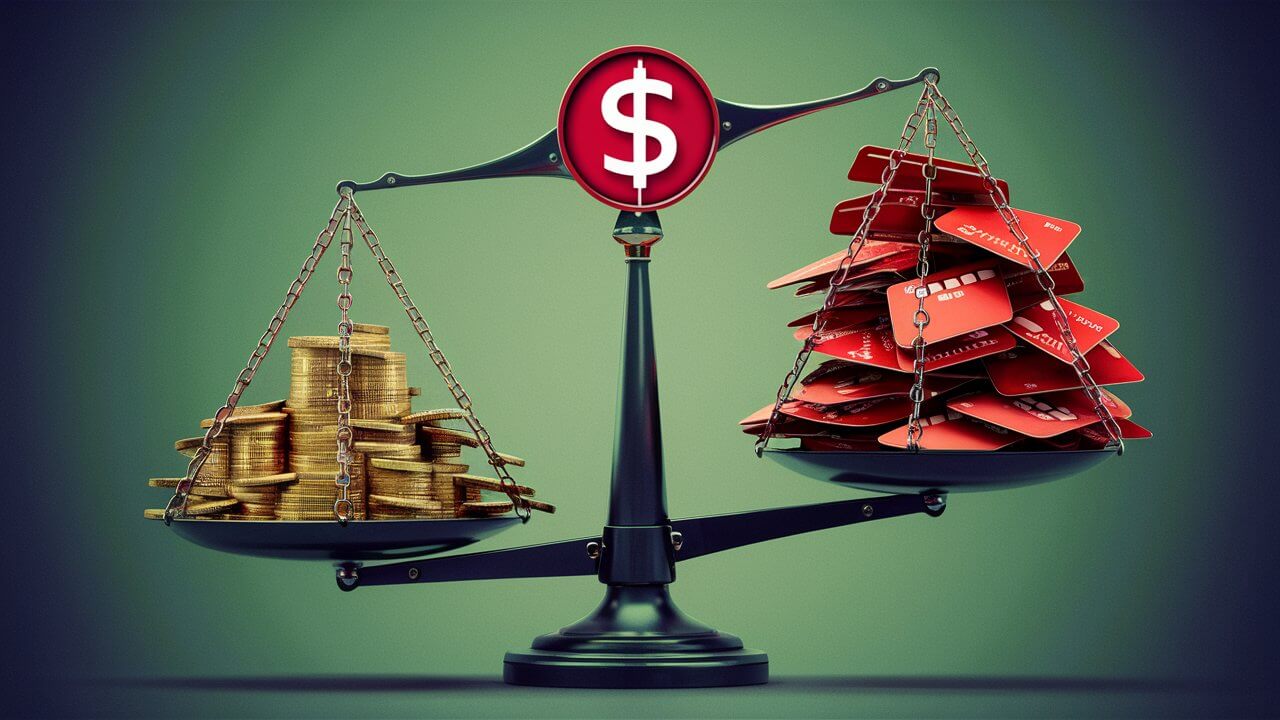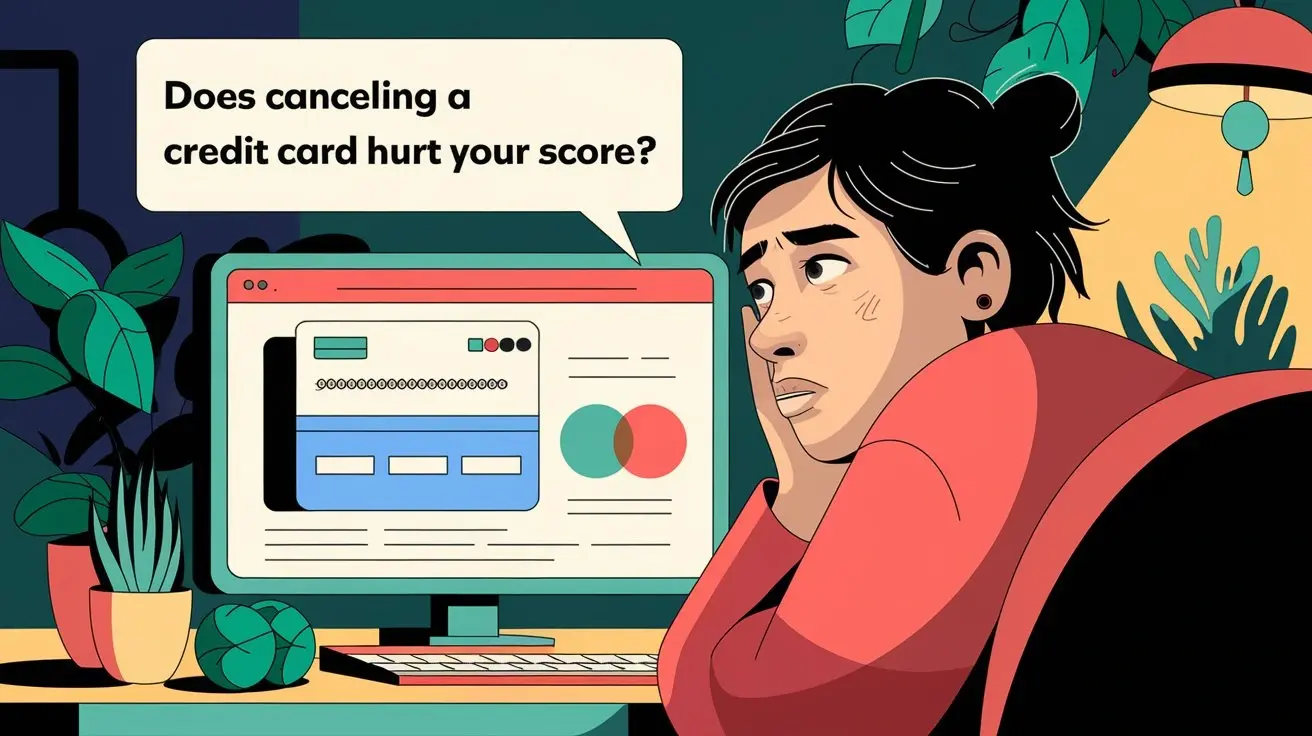-
Posted on: 26 Jul 2024

-
A very common question, both among Americans and other people around the world, is how much average credit card debt per household is at the moment.
Credit card balances are rising steadily among Americans. Of most significance is the availability of credit and the culture that encourages consumption, thus many Americans live with large credit card balances and pay high rates of interest to the credit card companies. But just how much total credit card debt does the average American carry? Let’s focus on analyzing figures a little more, shall we?
The following paper presents information on the Average Credit Card Debt.
In a 2022 research by Experian, American consumers had an average credit card debt of $5, 525. This figure also includes individuals who are cardholders maybe with no balance at all. The typical balance carried if one just included people with some credit card load is $9,174.
These figures surpass those of ten years ago that were noted. Federal Reserve statistics show that 7,630 US dollars was the credit card debt each family carried in 2010. Balanced during the last 10 years, they have thus grown by more than 20%.
The averages so fall short of adequately capturing the real image. Eating a few customers who may have quite high credit card debt can help them to get inflated. Medians, for instance, consider data dispersion, so they often provide a better indicator of central tendency. Another study shows that the average credit card debt in 2022 is $2,500, meaning half of the credit card users are severely in debt as opposed to the other half.
Differences By Age
Another crucial factor is the age of the customer determines the considerable variations in credit card debt. Young individuals who have had less time to pay back debt and build financial reserves have the highest debt; thus, their credit card balances are larger.
The 2022 Experian report indicates the average credit card debt by age group as follows: The average credit card debt by age group, according to the 2022 Experian research, is as follows:
- 18-24 years: $2,379
- 25-34 years: $5,808
- 35-44 years: $7,752
- 45-54 years: $8,235
- 55-64 years: $6,948
- 65+ years: $4,617
As you can observe from the data above, middle-aged groups of consumers aged between 35 to 55 years have the highest balance. credit card debt is observed to be relatively lower among the older population as they clear their balances before they retire.
Impact of Income Level
Another factor that tends to affect credit card debt levels is household income. A review of the Federal Reserve and consumer survey indicates that lower and middle-class citizens have relatively large credit card debts in proportion to their income.
Here is how it breaks down by income demographic: Here is how it breaks down by income demographic:
- Under $25,000 household income: American households owe $3,000 on median credit cards.
- $25,000 to $50,000: 2,700
- Thus, the range of $50,000 to $75,000 will cost $3,200.
- You may earn between $75,000 to $100,000: $3,700
- Over $100,000: $5,700
With improvements in the income level of a given household, there is increased access to credit products and increased credit limits. This makes the consumers spend more money on their accounts and when they spend beyond their income, they end up with bigger balances.
To summarize this section, it can be noted that the high interest rates are a significant burden for the countries of the BRICS.
Even though the dollar values of credit card debts seem small compared to other forms of credit such as mortgages or student loans, the reason why credit card balances are still considered to be hard to pay off is due to the high interest rates. Issuers usually take an interest ranging from as low as 14% and up to 26% annually for the amount carried over to the next month.
This suggests that consumers who already bear an average credit card balance of $5,525, part with between $700 and over $1,300 in credit card interest expenses alone. And so it is not surprising that 49% of credit card users consider their balances to be a” major concern”.
The Bottom Line
Consumer credit is an important source of funds for most Americans to meet small-scale consumption needs and to bridge short-term financial gaps. However, with the comfort of a swipe over a piece of plastic, it becomes very easy to go over the head and Borro in credit card balances that are becoming more and more hard to pay off.
If the consumers can make payments more than the charges accumulated each month, credit cards can be used responsibly without such high interest rates or worse, deep into the pit of big debts. However, with card companies raking in more than $180 billion in interest and fees alone, it is evident that many households across the country are in debt with balances that they cannot afford to pay off. The crucial steps are to track your expenses, set up a budget, and make payments higher than the minimum credit card charge if you want to manage your credit card debt effectively and minimize the costs.
Credit issues? We have the solution—call (888) 803-7889 for immediate help!











